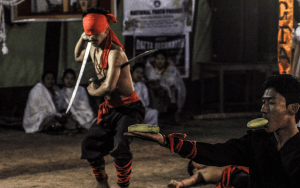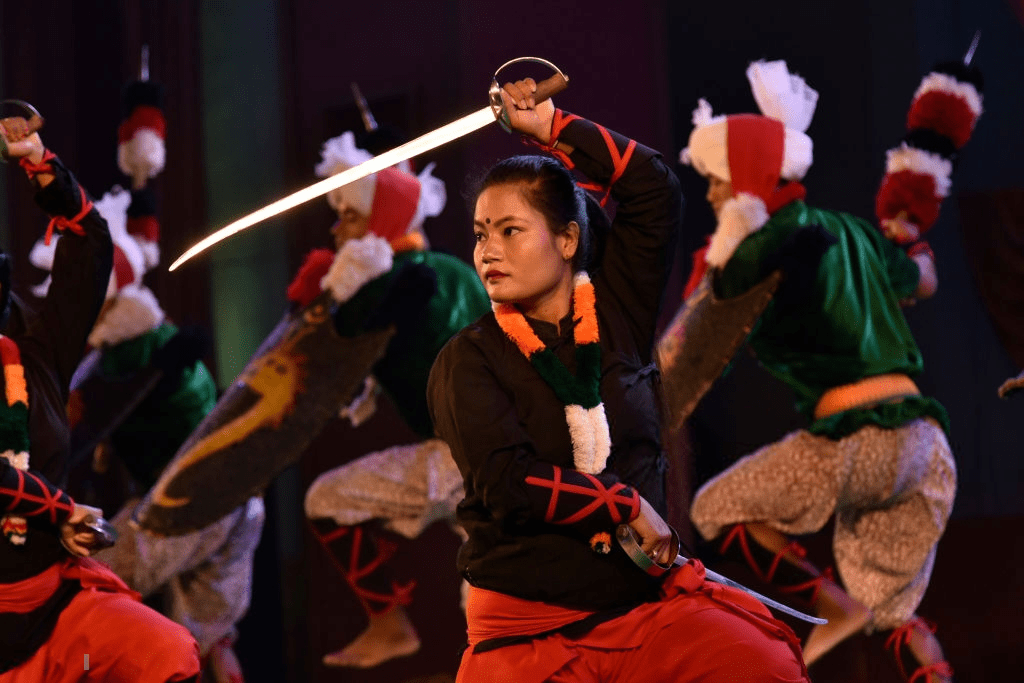Are you looking for Thang Ta Manipuri martial arts then check out this post to know more. Thang-Ta is a popular term for the ancient Manipuri Martial Art known as HUYEN LALLONG, a set of armed and unarmed fighting techniques developed by the Meitei people of the state of Manipur, India.
It played an important role in the geopolitical environment of medieval times in between India and China with many independent states at war with each other.
Thang Ta Manipuri martial arts
Constant life and death struggle between clans, tribes, and states resulted in the number of ways and means of safeguarding the lives of the citizen soldiery. Today, thang-ta is popular in Manipur both as a martial art form and as a technique used in theater and dance. Therefore, it receives support from the state and has gained widespread popularity. Across Manipur, a number of martial arts academies train men and women in thang-ta.
The system of training in thang-ta is strict and bound by tradition. Training begins with the initiation ceremony, Ojha Boriba. On the auspicious day selected for the ceremony, the training ground is cleaned and candles are lit in front of the picture of the Pakhangba, the originator and the ruling deity of thang-ta.
The student is asked to meditate in front of Pakhangba and then to bow down and offer the teacher a gift of fruit, cloth. The teacher accepts the gift and the student as a disciple, and that day the student officially starts training with the teacher.

Physical Characteristics in Customary Usage and Ritual Practice –
1.Khurumba (the bow) – Where the forward/downward flexion of the relaxed spine is used.
2.Tha Leiba -Rotation and tilts of the pelvic joint in different angles while supporting the torso in regular curvilinear uses are most common. The half-turn of the chest are also common.
3. Thong Khong (bridge support) – The squat is also a familiar use of the lowering of the upper extremities nearer to the ground, where the two legs in a deep bent position support the whole body, thereby proximally utilizing the use of the upper extremities at the ground level. Men use three positions of squat in a descending order to enable the firmer hold of the body in pro-gravitational positions.
4. Wai teiba – a daily ritual of cleaning the floor by women. Women use a different flexible squat system with the bent knees opened out to enable the forward flexion of the torso or spine. The hand uses the washcloth with more space at her command while rubbing the floor. The entire system of body use is rich and varied, and the wrists could be most appropriately exploited in Khujeng Leibi to emulate the figure of eight.
The people who do have strong willpower and self-confidence can only learn this technique.



